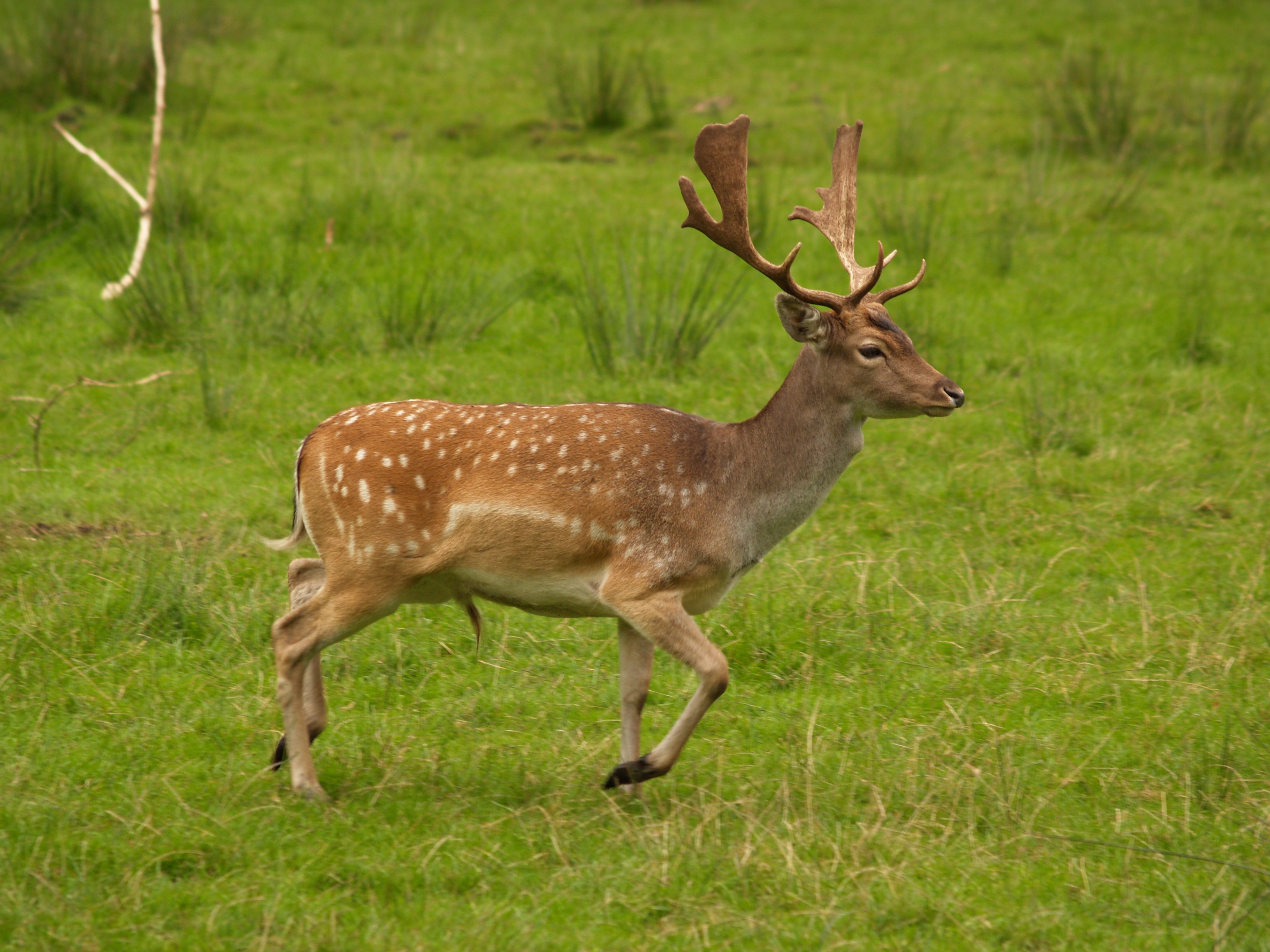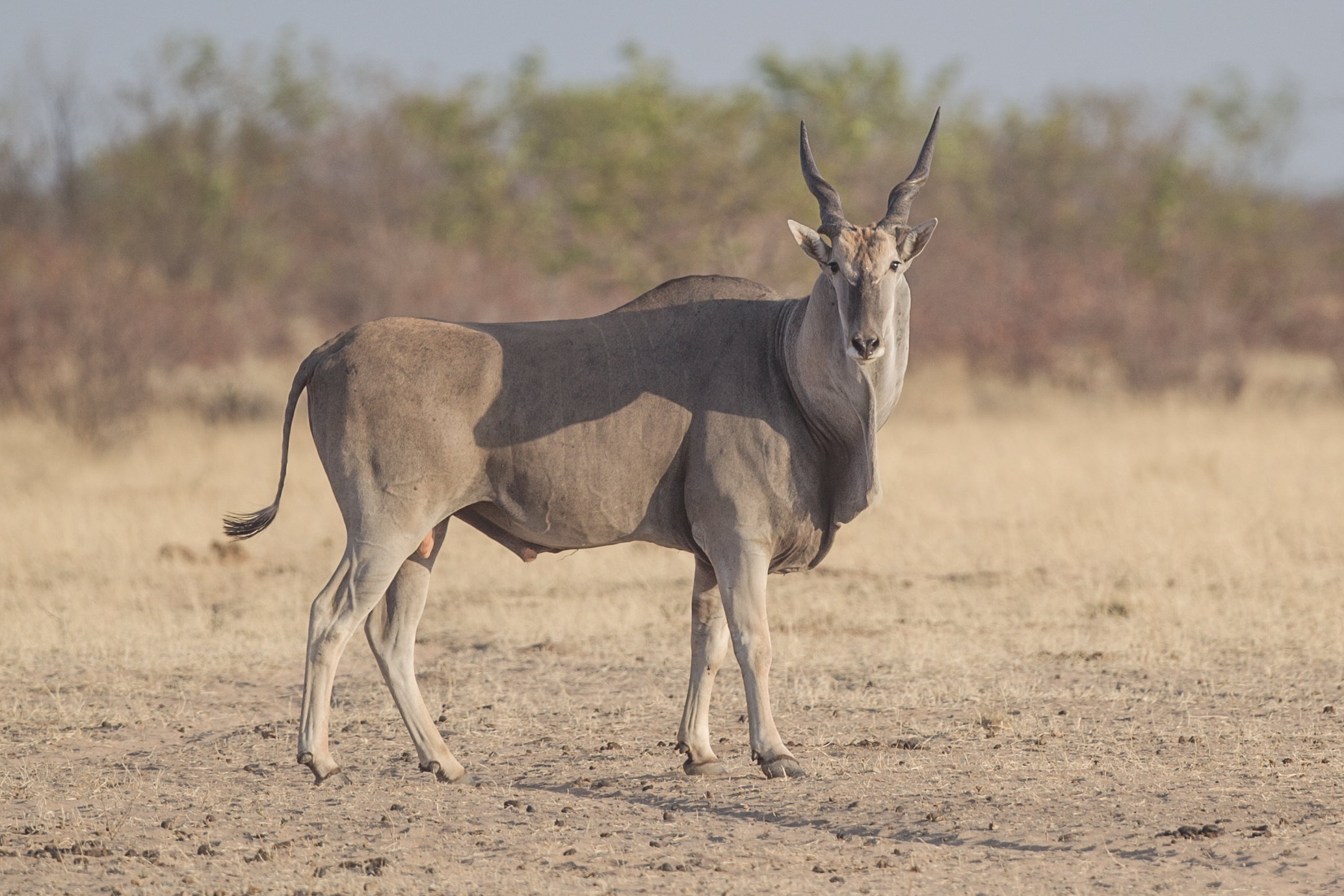|
Cabarceno Natural Park
Cabárceno Natural Park (Parque de la Naturaleza de Cabarceno (Obregon)) is a zoo and nature reserve located in the town of Penagos, Spain, south of Santander. The park is located in a former open-pit iron mine on a karstic landscape consisting of 750 hectares. It now belongs to Cantur, a tourism company owned by the government of Cantabria. The Cabárceno Natural Park has two main purposes: the conservation of endangered species and environmental education. Cabárceno Natural Park The natural park of Cabárceno is a naturalised space reclaimed from of former open-pit mines and restored to the primitive beauty of the karst landscape. The natural park is home to 100 animal species from five continents living in semi-captive conditions, including large enclosures where one or more species coexist. Except for the food provided to them, the animals enjoy almost total freedom. Their environment and limited human interference allow the animals to live undisturbed as they would ... [...More Info...] [...Related Items...] OR: [Wikipedia] [Google] [Baidu] |
Penagos
Penagos is a municipality located in the autonomous community of Cantabria, Spain. :es:Anexo:Municipios de Cantabria It has a population of 2,020 inhabitants (2013). Localities * Arenal. * Cabárceno. * Llanos The Llanos ( Spanish ''Los Llanos'', "The Plains"; ) is a vast tropical grassland plain situated to the east of the Andes in Colombia and Venezuela, in northwestern South America. It is an ecoregion of the tropical and subtropical grasslands, .... * Penagos (Capital). * Sobarzo. References Municipalities in Cantabria {{Cantabria-geo-stub ... [...More Info...] [...Related Items...] OR: [Wikipedia] [Google] [Baidu] |
Pygmy Hippopotamus
The pygmy hippopotamus or pygmy hippo (''Choeropsis liberiensis'') is a small hippopotamid which is native to the forests and swamps of West Africa, primarily in Liberia, with small populations in Sierra Leone, Guinea, and Ivory Coast. It has been extirpated from Nigeria. The pygmy hippo is reclusive and nocturnal. It is one of only two extant species in the family Hippopotamidae, the other being its much larger relative, the common hippopotamus (''Hippopotamus amphibius'') or Nile hippopotamus. The pygmy hippopotamus displays many terrestrial adaptations, but like the hippo, it is semiaquatic and relies on water to keep its skin moist and its body temperature cool. Behaviors such as mating and giving birth may occur in water or on land. The pygmy hippo is herbivorous, feeding on ferns, broad-leaved plants, grasses, and fruits it finds in the forests. A rare nocturnal forest creature, the pygmy hippopotamus is a difficult animal to study in the wild. Pygmy hippos were unkno ... [...More Info...] [...Related Items...] OR: [Wikipedia] [Google] [Baidu] |
Hippo
The hippopotamus ( ; : hippopotamuses or hippopotami; ''Hippopotamus amphibius''), also called the hippo, common hippopotamus, or river hippopotamus, is a large semiaquatic mammal native to sub-Saharan Africa. It is one of only two extant species in the family Hippopotamidae, the other being the pygmy hippopotamus (''Choeropsis liberiensis'' or ''Hexaprotodon liberiensis''). Its name comes from the ancient Greek for "river horse" (). Aside from elephants and rhinos, the hippopotamus is the largest land mammal. It is also the largest extant land artiodactyl. Despite their physical resemblance to pigs and other terrestrial even-toed ungulates, the closest living relatives of the hippopotamids are cetaceans (whales, dolphins, porpoises, etc.), from which they diverged about 55 million years ago. Hippos are recognisable for their barrel-shaped torsos, wide-opening mouths with large canine tusks, nearly hairless bodies, pillar-like legs, and large size: adults average for b ... [...More Info...] [...Related Items...] OR: [Wikipedia] [Google] [Baidu] |
Spotted Hyena
The spotted hyena (''Crocuta crocuta''), also known as the laughing hyena, is a hyena species, currently classed as the sole extant member of the genus '' Crocuta'', native to sub-Saharan Africa. It is listed as being of least concern by the IUCN on account of its widespread range and large numbers estimated between 27,000 and 47,000 individuals. The species is, however, experiencing declines outside of protected areas due to habitat loss and poaching. The species may have originated in Asia, and once ranged throughout Europe for at least one million years until the end of the Late Pleistocene. The spotted hyena is the largest known member of the Hyaenidae, and is further physically distinguished from other species by its vaguely bear-like build, its rounded ears, its less prominent mane, its spotted pelt, its more dual-purposed dentition, its fewer nipples and the presence of a pseudo-penis in the female. It is the only placental mammalian species where females lack an ext ... [...More Info...] [...Related Items...] OR: [Wikipedia] [Google] [Baidu] |
Gorilla Gorilla Gorilla
The western lowland gorilla (''Gorilla gorilla gorilla'') is one of two Critically Endangered subspecies of the western gorilla (''Gorilla gorilla'') that lives in montane, primary and secondary forest and lowland swampland in central Africa in Angola, Cameroon, Central African Republic, Republic of the Congo, Democratic Republic of the Congo, Equatorial Guinea and Gabon. It is the nominate subspecies of the western gorilla, and the smallest of the four gorilla subspecies. The western lowland gorilla is the only subspecies kept in zoos with the exception of Amahoro, a female eastern lowland gorilla at Antwerp Zoo, and a few mountain gorillas kept captive in the Democratic Republic of the Congo. Description The western lowland gorilla is the smallest subspecies of gorilla but still has exceptional size and strength. This species of gorillas exhibits pronounced sexual dimorphism. They possess no tails and have jet black skin along with coarse black hair that covers their en ... [...More Info...] [...Related Items...] OR: [Wikipedia] [Google] [Baidu] |
Gaur
The gaur (''Bos gaurus''; ), also known as the Indian bison, is a bovine native to South Asia and Southeast Asia, and has been listed as Vulnerable on the IUCN Red List since 1986. The global population was estimated at a maximum of 21,000 mature individuals in 2016, with the majority of those existing in India. It has declined by more than 70% during the last three generations, and is extirpated from Sri Lanka and most likely Bangladesh. Populations in well-protected areas are stable and increasing. It is the largest species among the wild cattle and the Bovidae. The domesticated form of the gaur is called '' gayal'' (''Bos frontalis'') or ''mithun''. Taxonomy ''Bison gaurus'' was the scientific name proposed by Charles Hamilton Smith in 1827. Later authors subordinated the species under either ''Bos'' or ''Bibos''. To date, three gaur subspecies have been recognized: * ''B. g. gaurus'' ranges in India, Nepal and Bhutan; * ''B. g. readei'' described by Richard Ly ... [...More Info...] [...Related Items...] OR: [Wikipedia] [Google] [Baidu] |
Fallow Deer
''Dama'' is a genus of deer in the subfamily Cervinae, commonly referred to as fallow deer. Name The name fallow is derived from the deer's pale brown colour. The Latin word ''dāma'' or ''damma'', used for roe deer, gazelles A gazelle is one of many antelope species in the genus ''Gazella'' . This article also deals with the seven species included in two further genera, '' Eudorcas'' and '' Nanger'', which were formerly considered subgenera of ''Gazella''. A thir ..., and antelopes, lies at the root of the modern scientific name, as well as the German ''Damhirsch'', French ''daim'', Dutch ''damhert'', and Italian ''daino''. In Croatian and Serbian, the name for the fallow deer is ''jelen lopatar'' ("shovel deer"), due to the form of its antlers. The Modern Hebrew name of the fallow deer is ''yachmur'' (יחמור). Taxonomy and evolution The genus includes two extant species: Extant species Some taxonomists include the Persian fallow deer as a subspecies (''D. ... [...More Info...] [...Related Items...] OR: [Wikipedia] [Google] [Baidu] |
Warthog
''Phacochoerus'' is a genus in the family Suidae, commonly known as warthogs (pronounced ''wart-hog''). They are pigs who live in open and semi-open habitats, even in quite arid regions, in sub-Saharan Africa. The two species were formerly considered conspecific under the scientific name ''Phacochoerus aethiopicus'', but today this is limited to the desert warthog, while the best-known and most widespread species, the common warthog (or simply warthog), is ''Phacochoerus africanus''. Skull Although covered in bristly hairs, their bodies and heads appear largely naked from a distance, with only the crest along the back, and the tufts on their cheeks and tails being obviously haired. The English name refers to their facial wattles, which are particularly distinct in males. They also have very distinct tusks, which reach a length of in the males, but are always smaller in the females.Novak, R. M. (editor) (1999). ''Walker's Mammals of the World.'' Vol. 2. 6th edition. Johns H ... [...More Info...] [...Related Items...] OR: [Wikipedia] [Google] [Baidu] |
Taurotragus
''Taurotragus'' is a genus of large antelopes of the African savanna, commonly known as elands. It contains two species: the common eland ''T. oryx'' and the giant eland ''T. derbianus''. Taxonomy ''Taurotragus'' is a Genus (biology), genus of large African antelopes, placed under the subfamily Bovinae and Family (biology), family Bovidae. The Binomial nomenclature#Authority, genus authority is the German zoologist Johann Andreas Wagner, who first mentioned it in the journal ''Die Säugthiere in Abbildungen nach der Natur, mit Beschreibungen'' in 1855. The name is composed of two Greek language, Greek words: ταῦρος (''taûros''), meaning a "bull" or "bullock", and τράγος (''trágos''), meaning a "male goat"—in reference to the tuft of hair that grows in the eland's ear which resembles a goat's beard. The genus consists of two species: ''Taurotragus'' is sometimes considered part of the genus ''Tragelaphus'' on the basis of molecular phylogenetics. Together w ... [...More Info...] [...Related Items...] OR: [Wikipedia] [Google] [Baidu] |
Dromedary
The dromedary (''Camelus dromedarius'' or ;), also known as the dromedary camel, Arabian camel, or one-humped camel, is a large even-toed ungulate, of the genus '' Camelus'', with one hump on its back. It is the tallest of the three species of camel; adult males stand at the shoulder, while females are tall. Males typically weigh between , and females weigh between . The species' distinctive features include its long, curved neck, narrow chest, a single hump (compared with two on the Bactrian camel and wild Bactrian camel), and long hairs on the throat, shoulders and hump. The coat is generally a shade of brown. The hump, tall or more, is made of fat bound together by fibrous tissue. Dromedaries are mainly active during daylight hours. They form herds of about 20 individuals, which are led by a dominant male. They feed on foliage and desert vegetation; several adaptations, such as the ability to tolerate losing more than 30% of its total water content, allow it to th ... [...More Info...] [...Related Items...] OR: [Wikipedia] [Google] [Baidu] |
.jpg)


.jpg)


.jpg)

